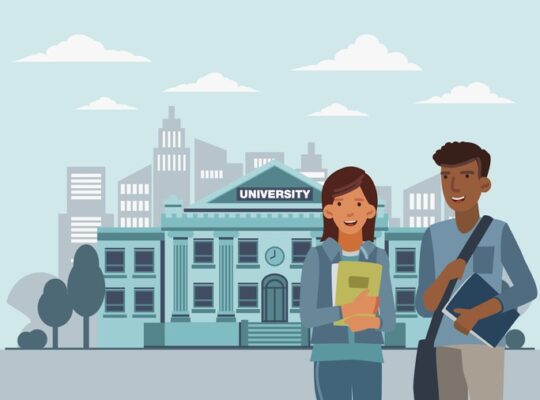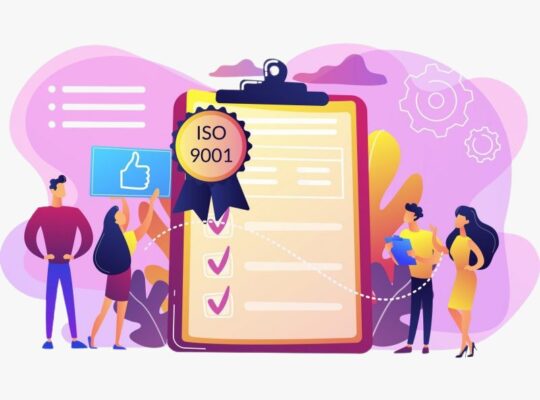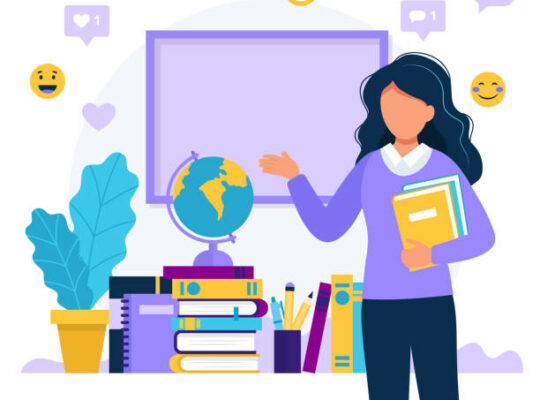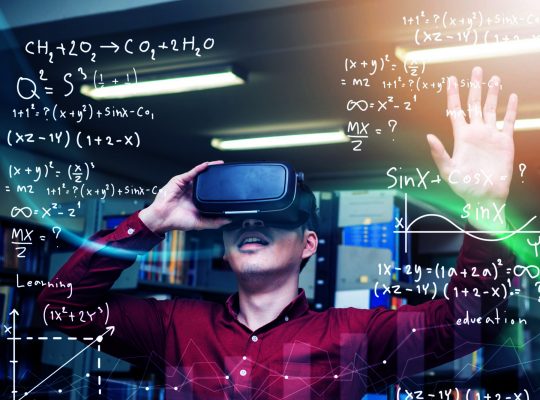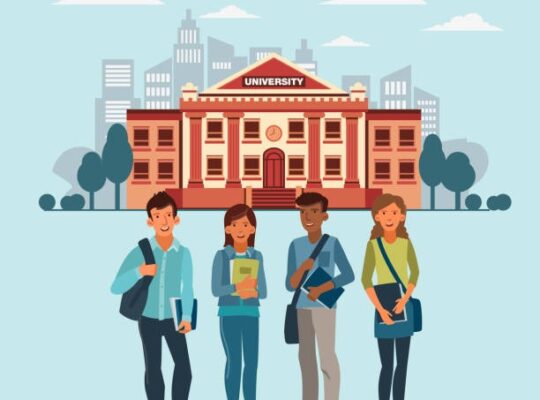Teaching with technology can help students learn more deeply by aiding with course objectives. However, choosing the “greatest” tech solutions without losing sight of your student learning objectives may be difficult. Once such tools have been found, integrating them might be a difficulty, but it can also be an eye-opening experience. With the pandemic hitting the entire world, technology has become an essential part of our lives. The education sector especially has been greatly benefitted by technology. Now that we’ve been mentioning ‘technology’, it’s essential that we learn about what it really means.
Advancements in the ways and tools we employ to solve issues or achieve a goal are referred to as “technology.” Technology in the classroom might include everything from a low-tech pencil, paper, and blackboard to presentation software, high-tech tablets, internet collaboration and conferencing tools, VR, AR and more.
We can do things in physical and virtual classrooms that we couldn’t before – thanks to new technologies. What you employ is mostly determined by the goal you’re attempting to achieve.
When technology is seamlessly integrated into the classroom, students not only become more engaged, but they also begin to take greater control over their own learning. Effective technology integration alters the dynamics of the classroom, promoting student-centered project-based learning.
OBJECTIVES OF TEACHING TECHNOLOGY
- To determine the goals and formulate the objectives in behavioral terms.
- To analyze the characteristics of the learner.
- To organize the content in logical or psychological sequences.
- To evaluate the learners’ performances in terms of achieving educational objectives.
- To provide the feedback among other components for the modification of learners.
The First Steps
Recognize the changes that may need to occur inside yourself and in your teaching technique as the first step toward successful tech integration. Any teacher who introduces technology into the classroom will no longer be the centre of attention. The quantity and type of technology (e.g., mobile device, e-reader, laptop, interactive whiteboard) introduced into the classroom will, of course, influence the level of refocused attention. However, this does not negate the importance of the instructor in the learning process.
The types of technology accessible and how much access to technology one has determine how we define “technology integration.” This concept is also influenced by who uses the technology. For example, learning will remain teacher-centered in a classroom with only an interactive whiteboard and one computer, and integration will concentrate around instructor needs, not necessarily student requirements. There are still methods to make an interactive whiteboard useful for your pupils. Even if you only have one computer in the room, there are ways to incorporate it into your classroom so that you and your students are accomplishing things you couldn’t do before, rather than merely performing the same things in a faster, more efficient way.
There are many ways in which Technology can be helpful. You may find few of them below:
- Students and teachers may exchange papers online, update them in real time, and show them on a screen using online collaboration technologies. This provides students with a collaborative platform for brainstorming ideas and documenting their work with text and photographs.
- To supplement written and spoken lecture content, instructors can use presentation software to insert high-resolution photos, diagrams, videos, and sound files.
- Students and teachers may interact using text, drawings, and diagrams by connecting tablets to computers, projectors, and the cloud.
- Instructors can use course management software to organize all of the resources students need for a class (for example, syllabi, assignments, readings, and online quizzes), give useful grading tools, and establish areas for discussion, document sharing, and video and audio commentary.
- Students may be polled quickly and easily using clickers and cellphones in class. This is useful for rapid polling, which may help teachers modify speed and topic by swiftly assessing students’ knowledge.
- Instructors can use lecture-capture software to record lectures straight from their computer, eliminating the need for expensive or extra classroom equipment. Consider recording your lectures as you deliver them and then posting them online for students to view. According to studies, publishing recorded lectures does not reduce attendance, and students appreciate the ability to revisit lectures at their leisure.
Conclusion
Teaching using technology is a wide issue that encompasses the use of media tools that are incorporated into Learning Management Systems (LMS) as well as those that run on their own via the Internet. It also includes a variety of media kinds (social and dyadic) and functions (i.e. synchronous or asynchronous). So it is important that slowly and gradually we start to adapt into the new atmosphere and with it, understand the various dynamics of its vast spectrum.
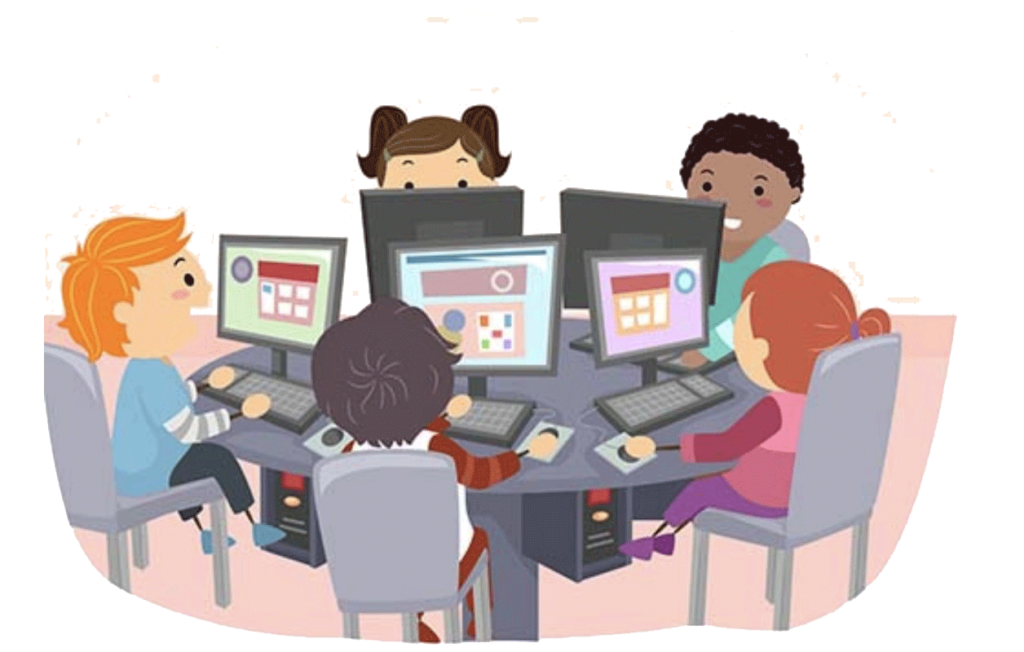

About the Author: Nishtha Gupta
Nishtha Gupta is a student of English Literature at Jamia Millia Islamia and currently based in New Delhi. She is extremely passionate about writing on technological advancements in the field of education. She also writes poetry and fiction. Nishtha has an e-book published with Amazon’s Kindle. Her other interests include music, reading and dancing. She wishes to pursue her career in the field of publishing.
This article has been re-published on Medium
